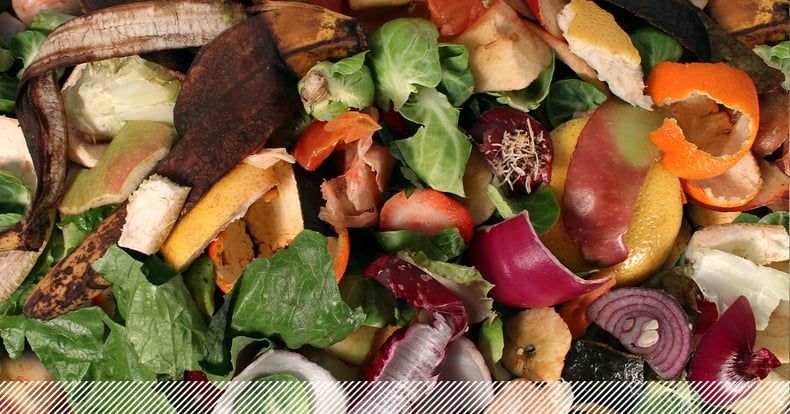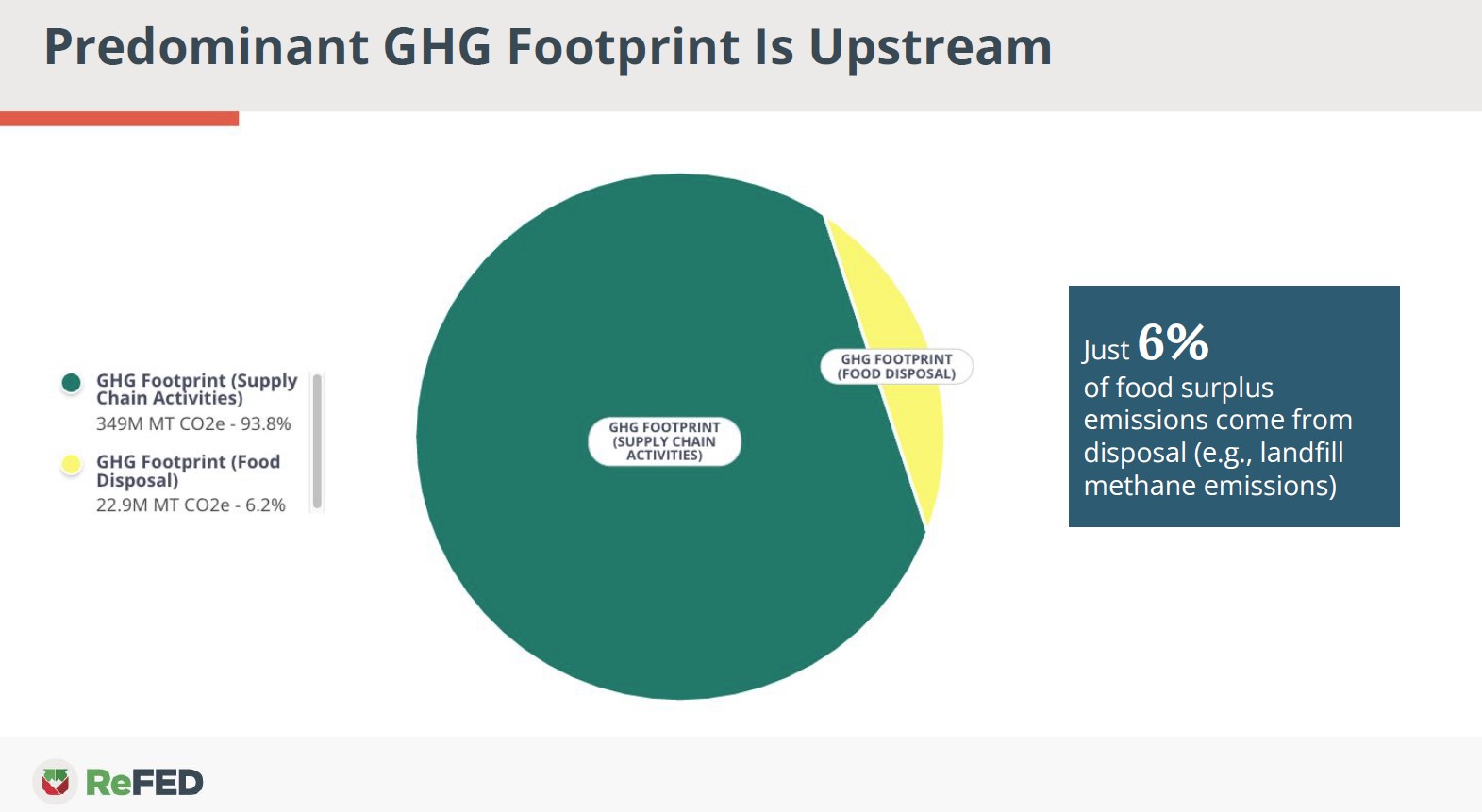Latest ReFED release reveals importance of prioritizing prevention

In late April the ReFED team released new estimates on U.S. food waste in its Insights Engine – a valuable tool to help all interested food system stakeholders learn more about the amount and causes of food waste in the U.S., its environmental impact, and the types and effectiveness of solutions to address it.
Among many notable stats was the finding that by the time food gets to a foodservice kitchen’s back door, it already contains 80% of its greenhouse gas load. Further proof that food waste prevention—actually stopping food waste from being generated—is the most effective way for kitchens to reduce their carbon footprint when they address food waste.
Leanpath has been pleased to assist with food waste data contributions to the Insights Engine since its inception through our 12.3 Initiative, as granular data obtained from accurate daily measurement is the foundation for optimizing food waste reduction solutions in food organizations.
In the current update, ReFED’s Dana Gunders noted that the U.S. generated 91 million tons of surplus food in 2021, which equates to 38% of total production.
Of that surplus amount, 90% (80 million tons) went to destinations defined as “food waste” by the USEPA and the United Nations, such as landfill, incineration, and composting. This is unquestionably a staggering amount, and a huge social cost when viewed in terms of the missed opportunity to feed millions of people in need as well as the wasted resources that could have been otherwise directed for positive social impact.
The ReFED team has done an excellent job of conveying the environmental impact as well, noting that the 2021 surplus food total accounted for 16% of cropland use (an area the size of California and New York combined), 22% of U.S. freshwater use, and 24% of all landfill inputs (and as we know, decomposing food waste in landfills produces methane, one of the most potent greenhouse gases).
Further, ReFED noted that the 90 million tons of surplus food accounted for 6% of U.S. emissions (380 million MTCO2e) – an amount equivalent to the annual emissions impact of 84 million cars.
Going a level deeper, and perhaps most notably, ReFED revealed that just 7% of emissions from that surplus food stems from disposal activities. In other words, the overwhelming majority of the emissions impact of surplus (wasted) food is upstream – from production to storage and distribution throughout the food supply chain.
In addition, they showed that prevention and rescue solutions drive the majority of climate benefits. Combined, 83% of the GHG benefits from food waste reduction can be attributed to prevention and rescue solutions (80% from prevention and 3% from food rescue) compared to 41% on tons diverted.

Thus, the ReFED update reinforces the power of prevention and why source reduction (aka prevention) is at the top level of the EPA Food Recovery Hierarchy. By preventing the occurrence of food waste, we avoid all of the emissions that would otherwise occur along the food supply chain from grower and producer to distributor and retailer to homes and foodservice sites.
The update also reinforces what we have long emphasized at Leanpath – the importance of shifting our collective focus and conversation up the hierarchy to prevention, while engaging foodservice operations on responsible production versus overproduction. And in general, addressing food waste in transformational versus incremental terms – starting with preventing it from occurring for maximum societal impact.
This involves challenging many entrenched beliefs and operating protocols that lead to food waste in foodservice operations, which as ReFED indicates accounted for about 14% of the 2021 surplus figure.
In addition to the environmental and social benefits noted above, the financial benefits of preventing food waste in foodservice are clear: Halving food waste allows foodservice operations to recover 2-6% of food purchase costs and avoid devoting precious labor time to the production of food that is eventually wasted. And in today’s inflationary (and challenging labor) environment, committing to food waste prevention is more important than ever.
Delivering on that commitment starts with tracking and daily measurement as part of a food waste prevention program, and as the Insights Engine notes, waste tracking is the most impactful food waste solution for the foodservice sector in terms of net financial benefit.
Join us at the upcoming 2023 ReFED Food Waste Solutions Summit to discuss driving transformational change by prioritizing prevention.
Sign up for our monthly newsletter for the latest in
food waste prevention initiatives, best practices, webinars and more.